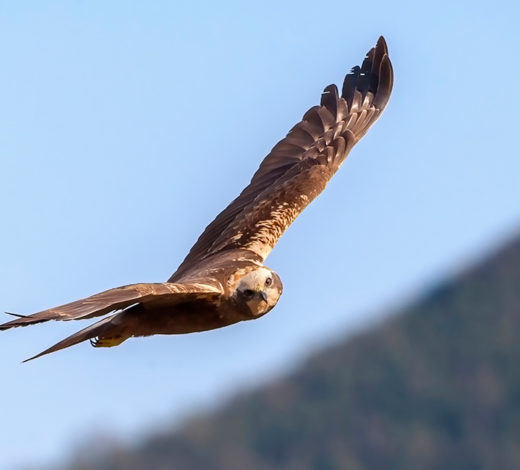Common Pochard
(Aythya ferina)
Since this is a gregarious species, it can be seen in groups mixed with other species, especially in autumn and winter.
Description
As with most ducks, males and females of the common pochard have different colouring. Females always have duller tones (grey, brown, beige) compared to the males, which flaunt elegant combinations of different colours. Males have a reddish-chestnut crown, black chest and tail, and grey body. The combination of colours can also be seen from far away, so this is a good trick for spotting them among the various species of ducks in the Reserve. Wingspan: up to 82 cm. Length: 46 cm.
Habitat
This diving bird builds its nest in different damp environments rich in vegetation, near either freshwater or salt water.
Observation in the Torbiera Reserve
Unfortunately, ducks like the common pochard are now difficult to see in the ‘Lame’. They are mostly seen in the ‘Lamette’ or lake. This is due to a series of factors. Those relating to the Reserve concern the lack of plants on the bottom due to excessive grazing by carp and river shrimp, water pollution, and predation by wels catfish (Silurus glanis). They are mainly present in the Reserve in winter, from October to March, months that correspond to the autumn and spring migration periods. With some luck, they can be seen in areas of open water sliding silently among the reeds together with others.




